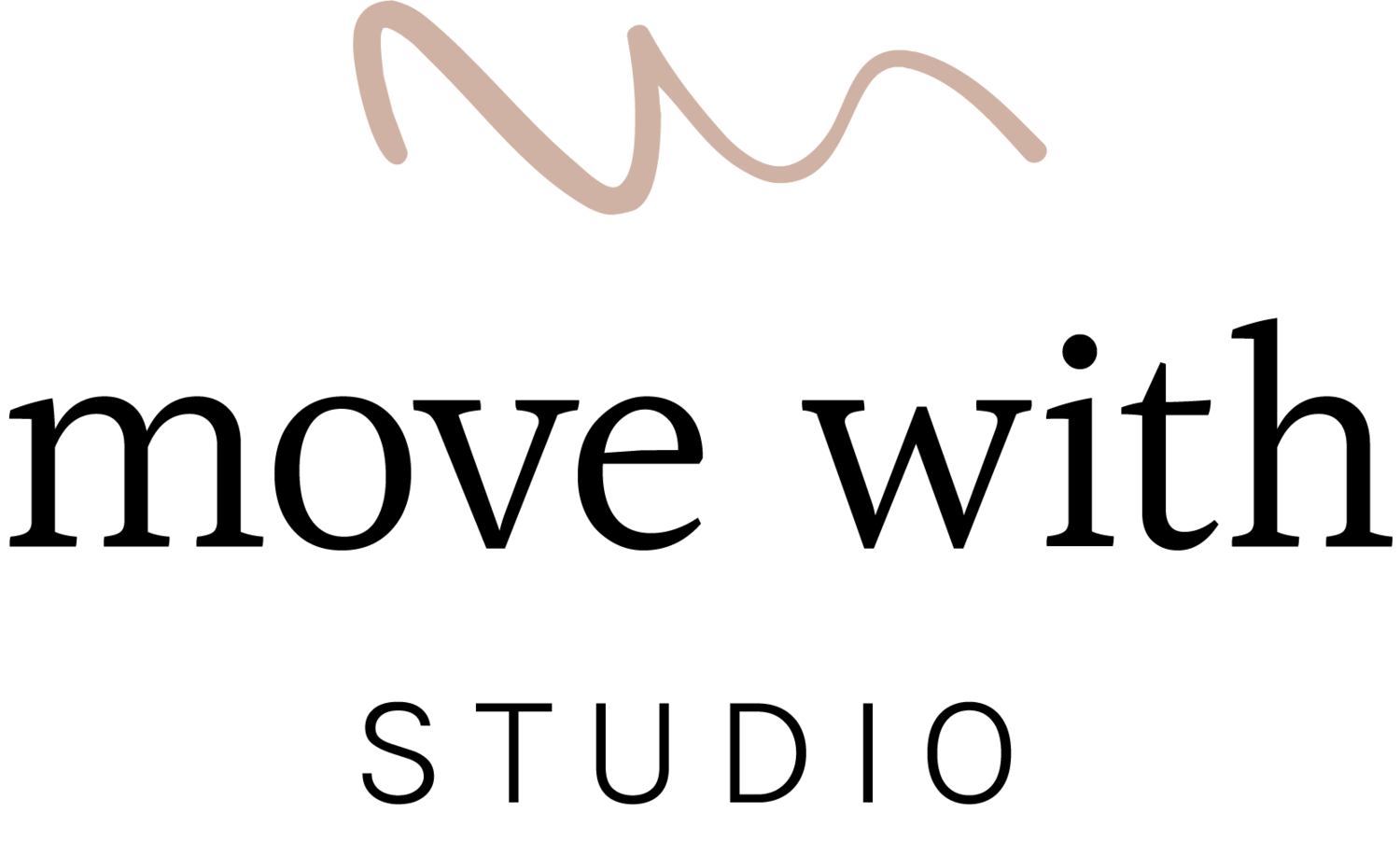Release and restore: Pilates for low back pain
Is your low back giving you grief? You’re not alone. Whether it feels like acute pain (likely from a pulled/strained muscle) or maybe a chronic dull ache, it’s a common problem. It could be caused by an injury, overuse, or even just sitting in the same position for too long. Fortunately, thoughtful movement, including Pilates, can help prevent and even ease pain.
After pregnancy and postpartum I found myself with an achy low back that came on and off. This is when I noticed there are a variety of back support braces available that claim to solve the problem. Some wrap around your waist while others even have straps to tuck your knees in while seated. While these tools may be useful as a temporary measure, in the long run they can actually lead to weaker and stiffer muscles. A better solution is to develop your own core muscles, “inner brace” that supports functional spinal movement.
Your core muscles make up the deep, in the unseen center layers of your body. They include the diaphragm, transversus abdominis (TA), obliques, multifidi, and pelvic floor. In particular, a strong TA is crucial for preventing back pain because these muscles wrap around your torso front to back, similar to a back support belt or corset.
If you’re feeling pain, release work can help increase blood flow to your muscles, which can help reduce the ache. Release can be done with a ball or a foam roller, or it can be stretching. It doesn’t have to be complicated - I like rolling out a sore low back with a foam roller, taking care to stay off-center and keep pressure off the spine. Stretches like the forward fold with knees deeply bent also targets the low back area. Deep breathing is also a practice that can also support your core work. I would aim the slow inhale breath towards your low back and allow the air to expand your ribcage in all directions before exhaling out the mouth.
Now for restore, aka building stability and flexibility. A great place to begin is to activate those TA muscles, or that “inner brace.” Imagine a line that connects the two hip bones in the front of your body. Try to draw the two hip bones together using your abdominals. You’ll feel a drawing up and in sensation in your abdominals and maybe even an engagement deep in your abs. Many Pilates exercises help work your TA, which in turn strengthens and stabilizes your spine. My favorite movements when I’m short on time are pelvic curls, toe taps, half roll-backs, and supine spine twist. On the reformer, try the side-lying leg series and the moving bridge.
As Joseph Pilates said, “Change happens through movement and movement heals.” A private session with an instructor can provide personalized guidance so you can reduce back pain in a safe and effective way that’s right for you. At Move With, we have a team of highly knowledgeable, certified Pilates instructors who can help you move with ease.
Check out our team of instructors and get started today.


